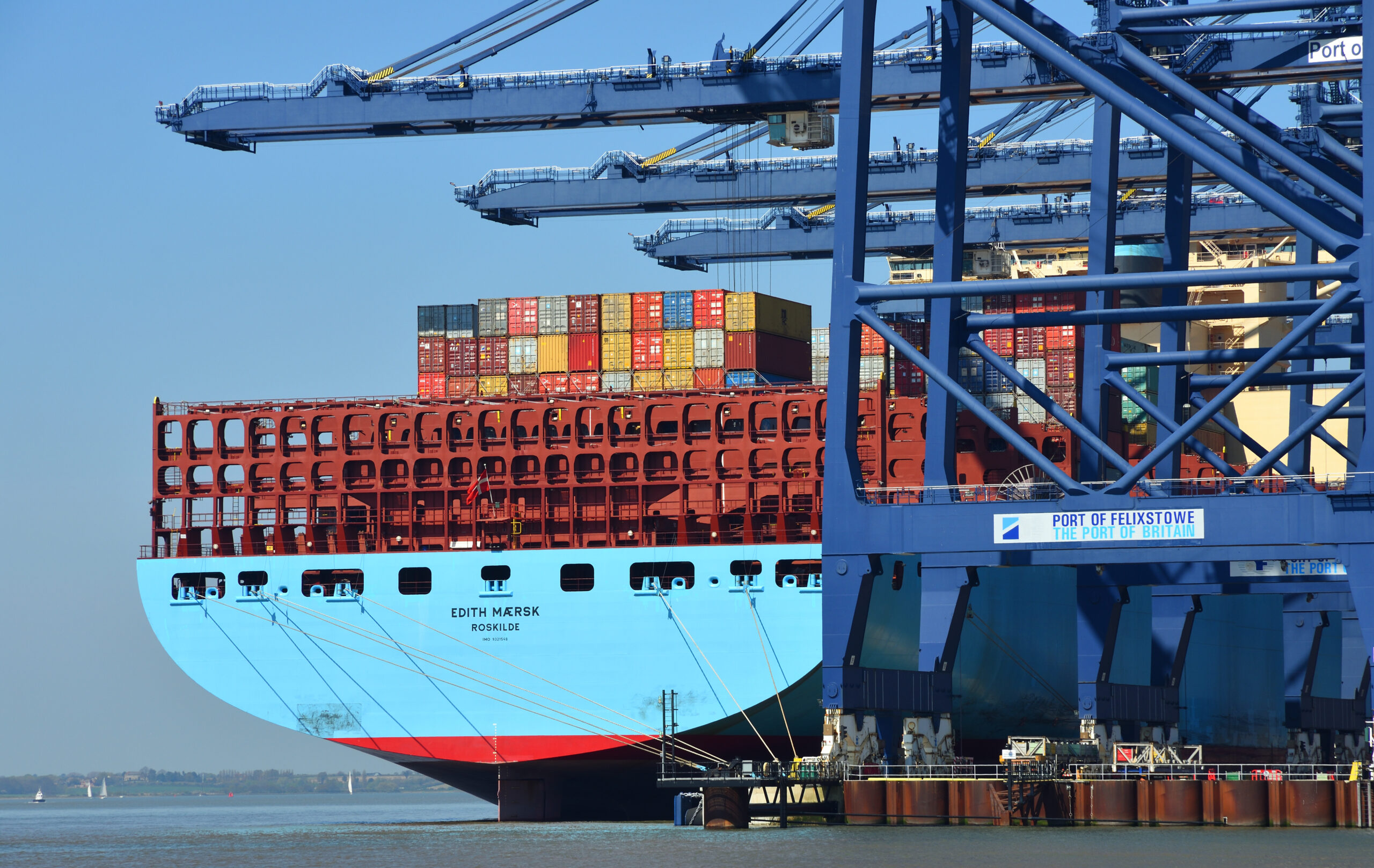Northern Lights JV, a partnership between Equinor, Shell and Total Energies, has taken delivery of its second LNG-powered liquified CO2 (LCO2) transport vessel, the Northern Pathfinder. Built in China by Dalian Shipbuilding Industry Co. (DISC), the 7,500 cubic metre ship will play an important role in the development of Europe’s carbon capture and storage (CCS) infrastructure.
The Northern Pathfinder is the second in a fleet of four sister vessels that are specifically designed for transporting CO2 captured at European industrial sites for storage under the North Sea. Delivery of the fleet’s first vessel, the Northern Pioneer, was received in November 2024. Both vessels will be registered in Norway and are to be managed by “K” Line, the Japanese shipping giant .
The newly delivered LCO2 carrier will play a significant role in the cross-border transportation and storage of industrial CO2 emissions in Europe. As part of the Northern Lights project, which is integral to the Norwegian Government’s full-scale carbon capture and storage programme, named Longship, Northern Pathfinder will collect LCO2 from industrial capture sites across Europe and transport it to a receiving terminal in Øygarden, Norway. From there, CO2 will be injected into geological reservoirs 2,600 metres beneath the North Sea seabed for permanent sequestration.
The Northern Lights JV’s fleet of LCO2 carrier vessels will be equipped with advanced energy-saving technologies, such as Norsepower’s rotor sails, for wind-assisted propulsion, and air lubrication systems, which together are estimated to reduce vessel emissions by up to 34% when compared with conventional marine fuel-powered vessels. To optimise their onboard emissions-reduction technologies, both Northern Pathfinder and Northern Pioneer have undergone efficiency testing during their maiden voyage from China to Norway. Upon arrival, mechanical commissioning activities will be undertaken at the Øygarden terminal and Heidelberg Materials’ Brevik facility.
The Northern Lights CCS project, launched in March 2021, officially opened to receive captured CO2 in September 2024. The project has an initial storage capacity set at 1.5 million tonnes of CO2 per year, with the project fully booked for phase 1. The project’s second phase is scheduled to begin this year and has potential to increase storage capacity to over 5 million tonnes per year.



